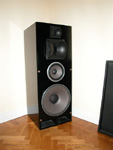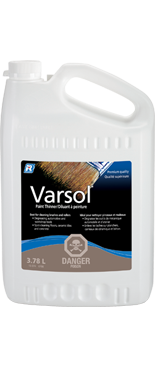Hi,
I found some 2450 drivers that seem to be in good shape. However when the back cap is removed it looks like there have been water or probably moist in them and there is some light corrosion (orange/brown) under and on the side of the diaphragm on the pole piece.
Can potential corrosion/rust be scrubbed away or is it likely that there will be corrosion in the phase plug that cannot be reached/cleaned?
I guess the gap and pole piece can be brushed with a brass brush and cleaned the normal way unless there is real rust and not on decoloration on the surface.
If too much of a risk I will just let them go.
All input appreciated.
Kind regards
//RoB




 Reply With Quote
Reply With Quote





